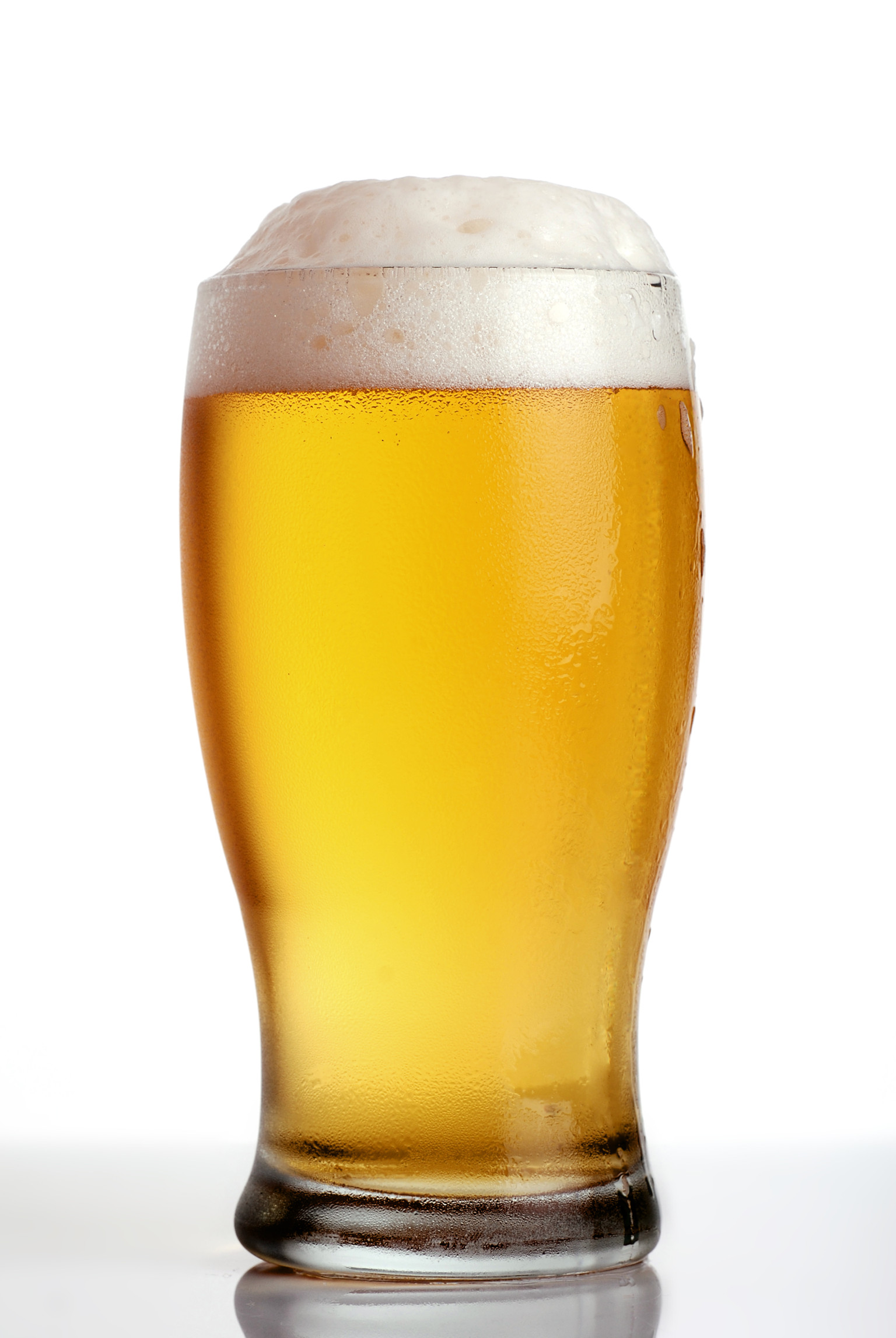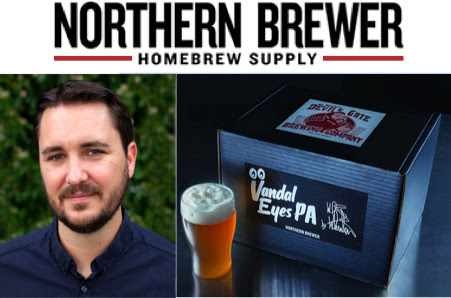 I was looking at one of the recipes from Northern Brewer this morning...the one for the Bavarian Hefeweizen (5 gal volume. extract brew). I was looking at it to see which yeast is recommended for the recipe, and wanted to compare it to the 1 gallon recipe I had brewed.
I was looking at one of the recipes from Northern Brewer this morning...the one for the Bavarian Hefeweizen (5 gal volume. extract brew). I was looking at it to see which yeast is recommended for the recipe, and wanted to compare it to the 1 gallon recipe I had brewed. The end result of the 1 gallon recipe was a drinkable beer, but something so light that I wouldn't likely brew that one again. However, I started doing a comparison of the amount of extract between the two batches:
5 gallon - 6 lbs wheat malt syrup (LME - split) + 1 lb wheat DME
1 gallon - 1 lb wheat DME
If you reduce the 5 gallon recipe, the extract comes to 1.25 lbs wheat LME (or 1lb wheat DME), followed by 0.2 lb wheat DME late addition. For a 1 gallon recipe, that late addition can very likely make a difference in the end result.
The 1 gallon recipes available from sites such as Northern Brewer offer a great gateway into home brewing, particularly for someone who wants to try it out without a huge, up-front investment. However, I would definitely consider upping the fermentables a bit for a more full-bodied beer, and if you find extract brewing to be your thing, then maybe make a move into partial mashing, possibly using this YouTube video as a guide (the investment of a 1-to-2 gallon cooler with a spigot can be less than $20).
My initial foray into small batches was via the Wil Wheaton VandalEyesPA recipe. This one turned out really well, a very drinkable and enjoyable IPA (although I forgot to dry hop it). Notice that the amount of extract is 1.5 lb of gold malt LME. That's a good bit of extract for a 1 gallon batch, and gives you an idea of how much is needed for a fuller-bodied brew. If you're working with something like the Pilsen DME, which is lighter in color as well as in the resulting body and "mouth feel" of the beer, you may want to add more DME (either Pilsen or gold).
Take a look at this 5 gallon recipe for a French-Belgian style ale. The recipe calls for 6 lbs Pilsen malt syrup + 3.15 lbs Munich malt syrup + 1 lb of Belgian candy sugar. Converting this to a 1 gallon small batch recipe would make it about 1.25 lb of Pilsen LME (or 1 lb of Pilsen DME) + 0.63 lb Munich LME (0.5 lb DME) + 0.2 lb Belgian candy sugar.







